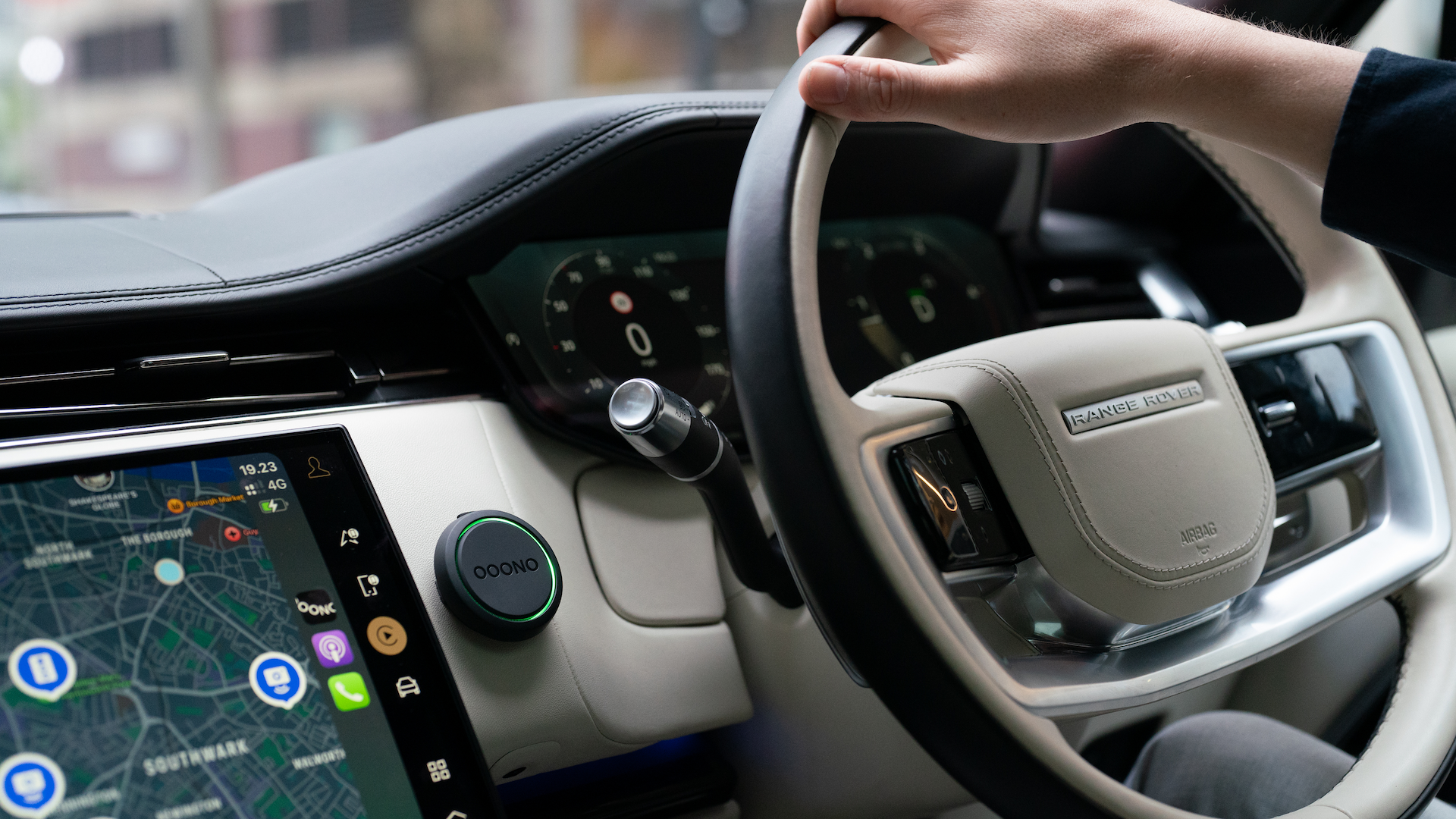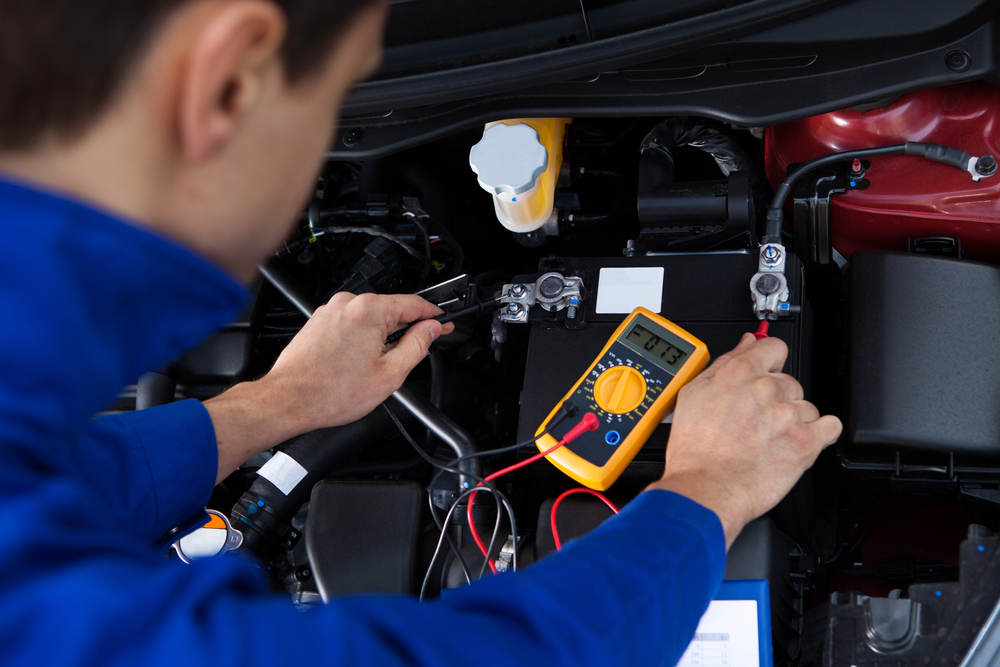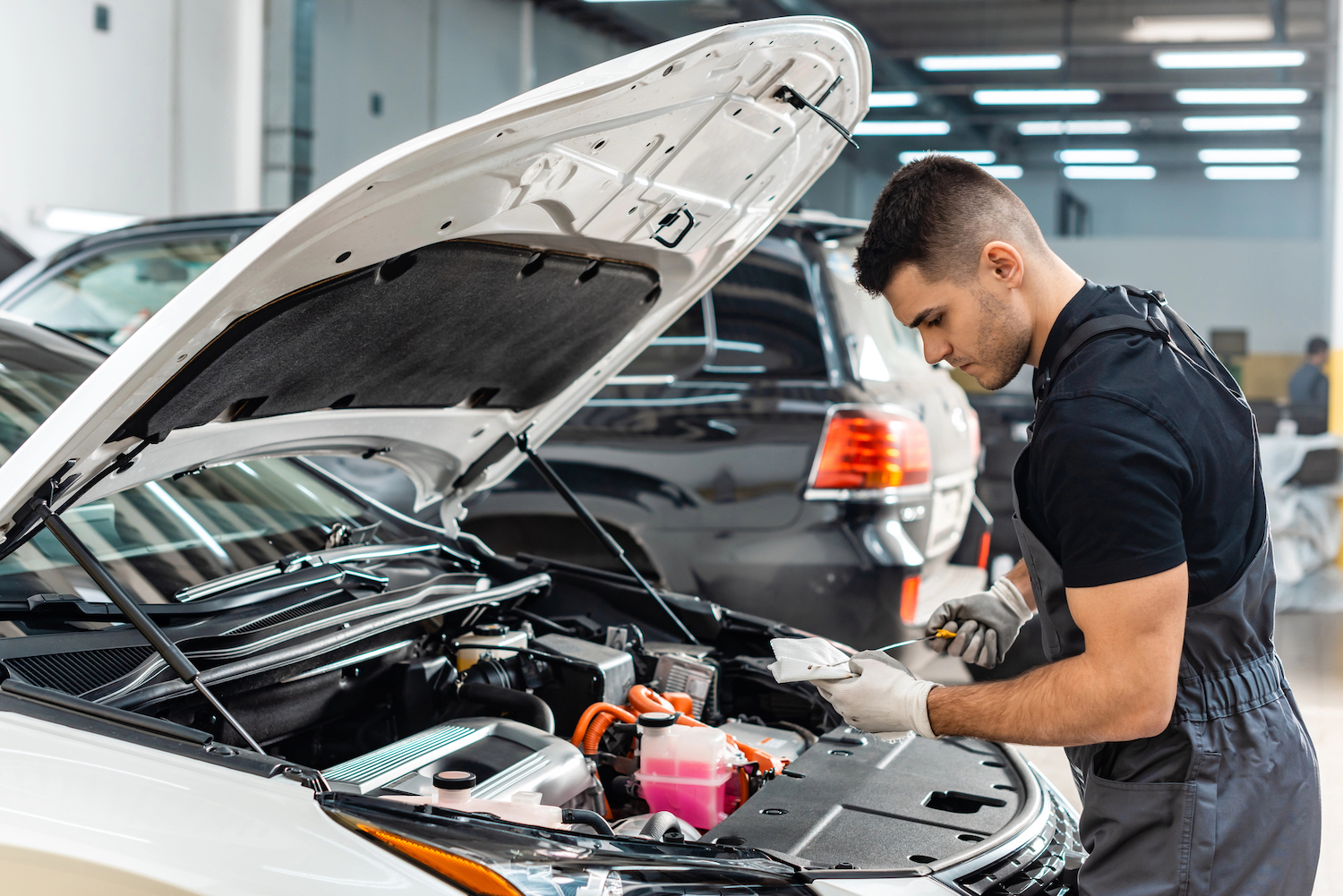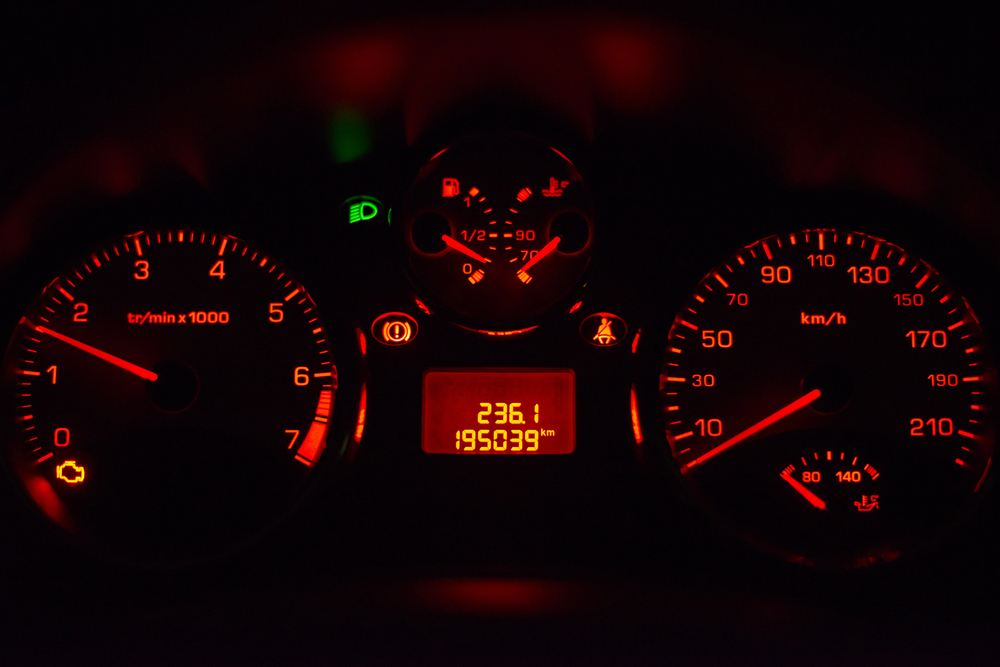5 Ways To Maintain and Care For Your Car the Right Way
Owning a car is not just about enjoying the freedom of the open road; it also comes with the responsibility of proper maintenance and care to ensure its longevity and performance.
Regular upkeep can prevent costly repairs, enhance safety, and keep your vehicle running smoothly. Whether you’re a seasoned car enthusiast or a new driver, understanding the basics of car repair and maintenance is essential.
In this article, we will share five expert tips on how to repair, maintain, and care for your car the right way, helping you to keep your vehicle in top condition and avoid unexpected breakdowns…
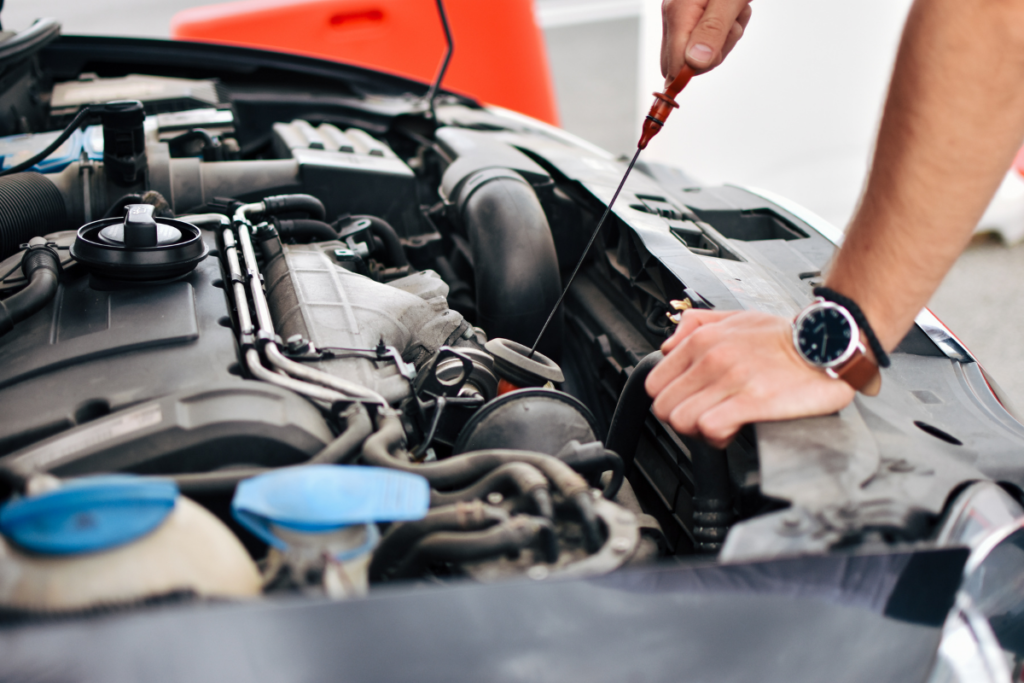
1) Regular Oil Changes
I can’t stress enough how important regular oil changes are for my car’s health. I make sure to change the oil every 5,000 to 7,500 miles, depending on my vehicle’s specific needs. Fresh oil keeps my engine running smoothly and prevents wear and tear on vital components.
I always check my owner’s manual for the recommended oil type and viscosity. Synthetic oil often lasts longer and performs better in extreme temperatures, but it’s pricier than conventional oil. I weigh the costs and benefits for my particular situation.
When changing the oil, I replace the oil filter too. This helps remove contaminants and keeps my engine clean. I also take a moment to inspect other fluids and belts while I’m under the hood. It’s a quick way to spot potential issues early on.
If I’m not comfortable doing it myself, I take my car to a trusted mechanic. They can often spot other maintenance needs during the oil change. Regular oil changes are a simple yet effective way to keep my car running well for years to come.
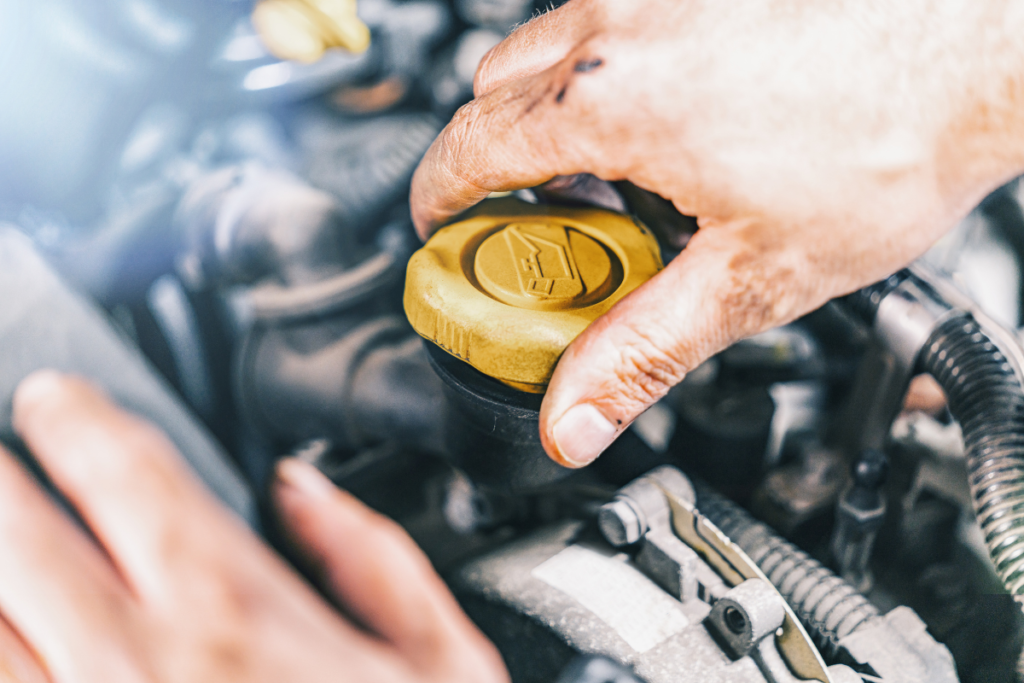
2) Tire Pressure Checks
I always make tire pressure checks a top priority for my car maintenance routine. It’s quick, easy, and can save me money in the long run. I start by finding my car’s recommended tire pressure in the owner’s manual or on the driver’s side door jamb.
I use a reliable pressure gauge to check each tire, including the spare. I do this when the tires are cold, usually in the morning before driving. I remove the valve cap, press the gauge firmly onto the valve stem, and read the pressure.
If a tire is low, I add air using a compressor at home or at a gas station. I’m careful not to overinflate. If a tire is too full, I let out some air by pressing the pin in the center of the valve stem.
I check my tire pressure monthly and before long trips. This helps my tires last longer, improves fuel efficiency, and keeps me safer on the road. It’s a simple task that makes a big difference in my car’s performance and my peace of mind.
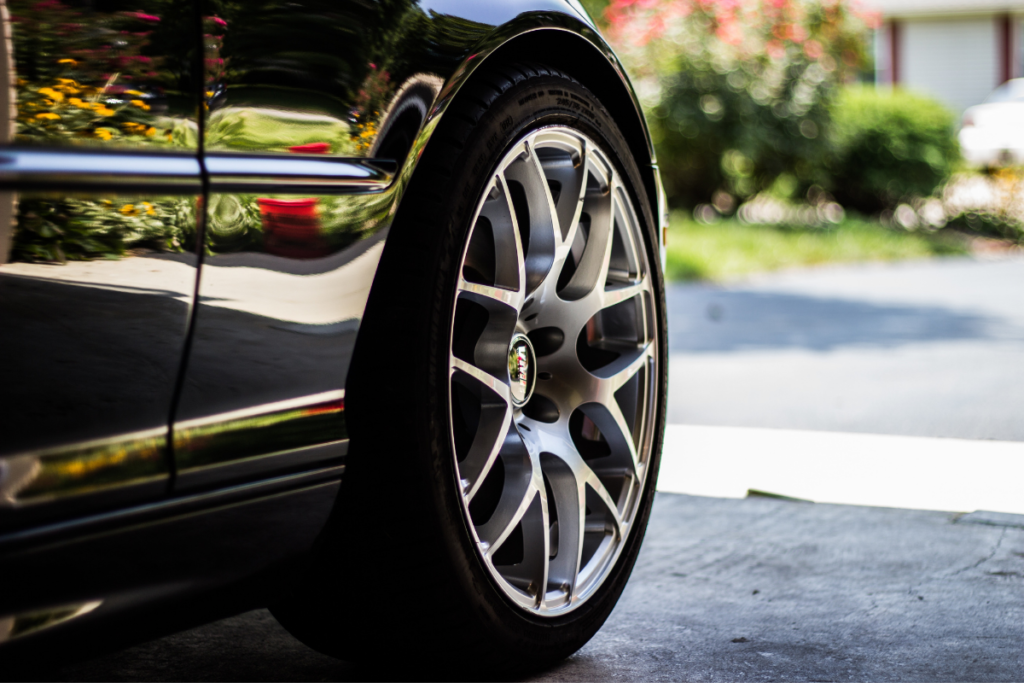
3) Brake System Inspections
I always make brake system inspections a top priority in my car maintenance routine. Regular checks help me catch potential issues early and keep my vehicle safe on the road.
I start by looking at the brake pads. If they’re less than a quarter-inch thick, it’s time for replacement. I also check the rotors for any signs of wear or warping.
Next, I inspect the brake lines and hoses for leaks or cracks. Any fluid loss can seriously impact braking performance. I make sure the brake fluid level is where it should be in the master cylinder reservoir.
I listen for unusual noises when braking during a short test drive. Squealing or grinding sounds often indicate worn pads or other problems that need attention.
Lastly, I check the parking brake to make sure it engages and releases properly. A well-functioning parking brake is crucial for safety when parked on hills.
By staying on top of these simple checks, I can avoid costly repairs down the road and drive with confidence knowing my brakes are in good shape.
4) Battery Maintenance
I’ve learned that taking care of my car’s battery is crucial for keeping it running smoothly. Regular checks can prevent unexpected breakdowns and extend the battery’s life.
I make it a habit to drive my car for at least 30 minutes once a week. This helps keep the battery charged and in good condition.
I also do a visual check of my battery every few months. I look for signs of corrosion on the terminals and clean them if needed with a mixture of water and baking soda.
Checking the battery’s fluid levels is another important step. If it’s low, I top it up with distilled water. But I’m always careful not to overfill.
I keep my battery secure in its tray and make sure the connections are tight. Loose connections can lead to starting problems.
Lastly, I replace my battery every four years, even if it seems to be working fine. This helps avoid unexpected failures down the road.
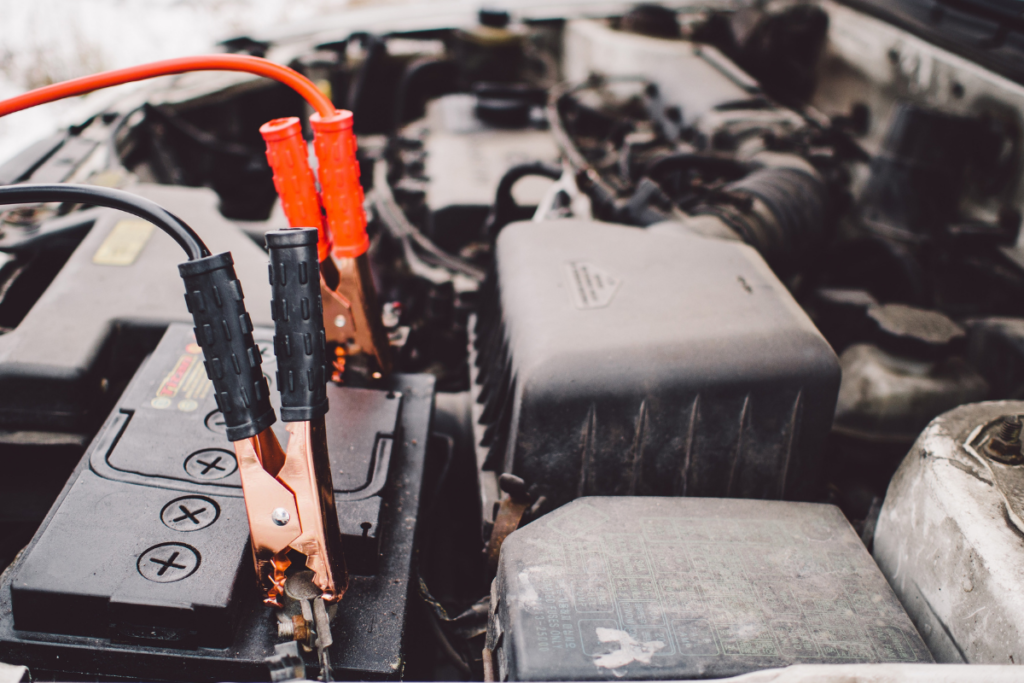
5) Air Filter Replacements
I’ve found that changing my car’s air filter regularly is crucial for maintaining engine performance. It’s a simple task I can do at home with minimal tools.
I check my air filter every 15,000 to 30,000 miles, depending on my driving conditions. Dusty environments or frequent short trips might require more frequent changes.
When I open the air filter housing, I inspect the filter for dirt and debris. If it’s visibly dirty or clogged, it’s time for a replacement.
I always make sure to buy the correct filter size for my specific car model. It’s usually listed in my owner’s manual or on the old filter itself.
Before installing the new filter, I clean out any dirt or leaves that may have accumulated in the housing. This helps the new filter work more effectively.
I’m careful to place the new filter in the correct orientation and secure the housing properly. A loose fit can allow unfiltered air into the engine.
Regular air filter changes help my engine run smoothly and efficiently. It’s an easy way to keep my car in good shape and avoid more expensive repairs down the road.
Understanding Basic Car Maintenance
Regular car maintenance is crucial for keeping your vehicle running smoothly and avoiding costly repairs. I’ll cover two key aspects of basic car care that every driver should know.
Regular Oil Changes
I always make sure to change my car’s oil regularly. It’s one of the most important things I do to keep my engine healthy. I check my owner’s manual for the recommended oil change interval, which is usually every 3,000 to 7,500 miles. When I change the oil, I also replace the oil filter.
To check my oil level between changes, I park on level ground and wait for the engine to cool. Then I pull out the dipstick, wipe it clean, reinsert it, and check the oil level. If it’s low, I add the right type of oil.
I’ve found that regular oil changes help:
- Lubricate engine parts
- Remove engine debris
- Improve fuel efficiency
- Extend engine life
Checking and Replacing Tires
I check my tire pressure monthly and before long trips. Proper inflation helps with fuel economy and safety. I use a tire pressure gauge and compare the readings to the recommended pressure listed in my owner’s manual or on the driver’s side door jamb.
I also inspect my tires for:
- Uneven wear patterns
- Cracks or bulges
- Tread depth (using a penny test)
When it’s time for new tires, I consider factors like:
- My driving habits
- Local weather conditions
- Tire size and type recommended for my car
I rotate my tires every 5,000 to 8,000 miles to help them wear evenly. This simple step can significantly extend their lifespan.
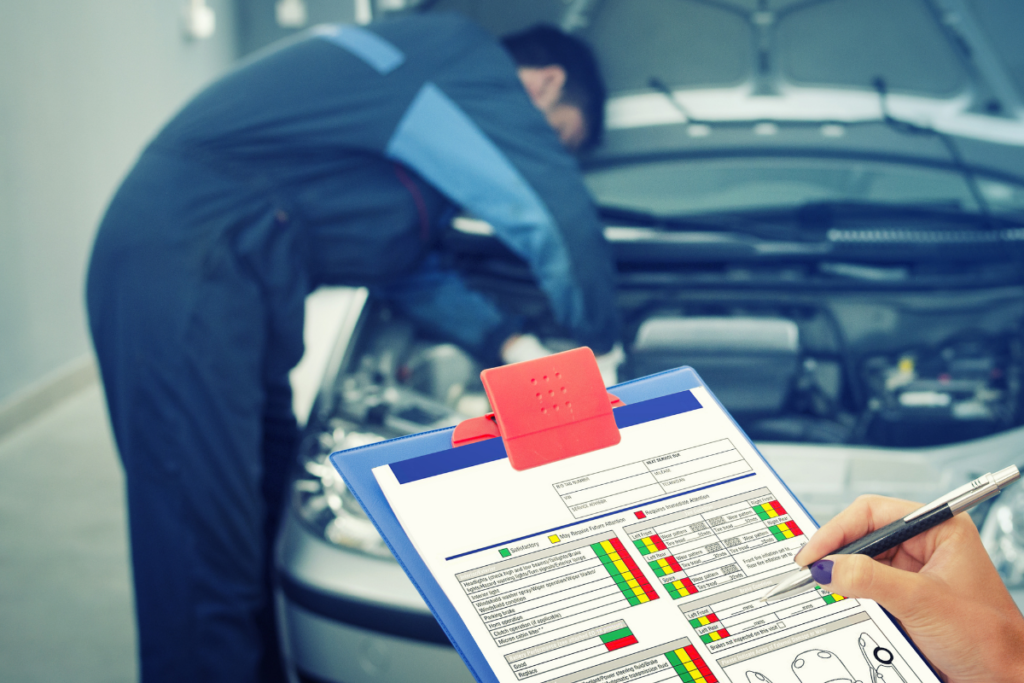
Maintaining the Exterior of Your Car
I’ve found that keeping my car’s exterior in top shape not only makes it look great but also protects it from damage. Regular cleaning and addressing rust early are key to maintaining that showroom shine.
Washing and Waxing
I always start with a thorough wash using car-specific soap and a microfiber mitt. I work from top to bottom, rinsing often to prevent scratches. For stubborn bugs or tar, I use a clay bar before waxing.
Waxing is my secret weapon against environmental damage. I apply a thin layer of quality car wax every 3-4 months, or more often if my car is exposed to harsh conditions. This creates a protective barrier against UV rays, bird droppings, and tree sap.
I’ve learned to pay extra attention to often-forgotten areas like wheel wells and under the bumpers. These spots can trap dirt and moisture, leading to corrosion if neglected.
Dealing with Rust
Rust is my car’s worst enemy, so I stay vigilant. I check for any paint chips or scratches regularly, especially after driving on gravel roads. These small imperfections can quickly turn into rust spots if left untreated.
If I spot a rust patch, I don’t wait. I sand the area down to bare metal, apply a rust converter, then prime and paint. For larger rust areas, I might need professional help.
Prevention is key. I apply touch-up paint to small chips as soon as I notice them. In winter, I wash my car more frequently to remove road salt, which can accelerate rusting.
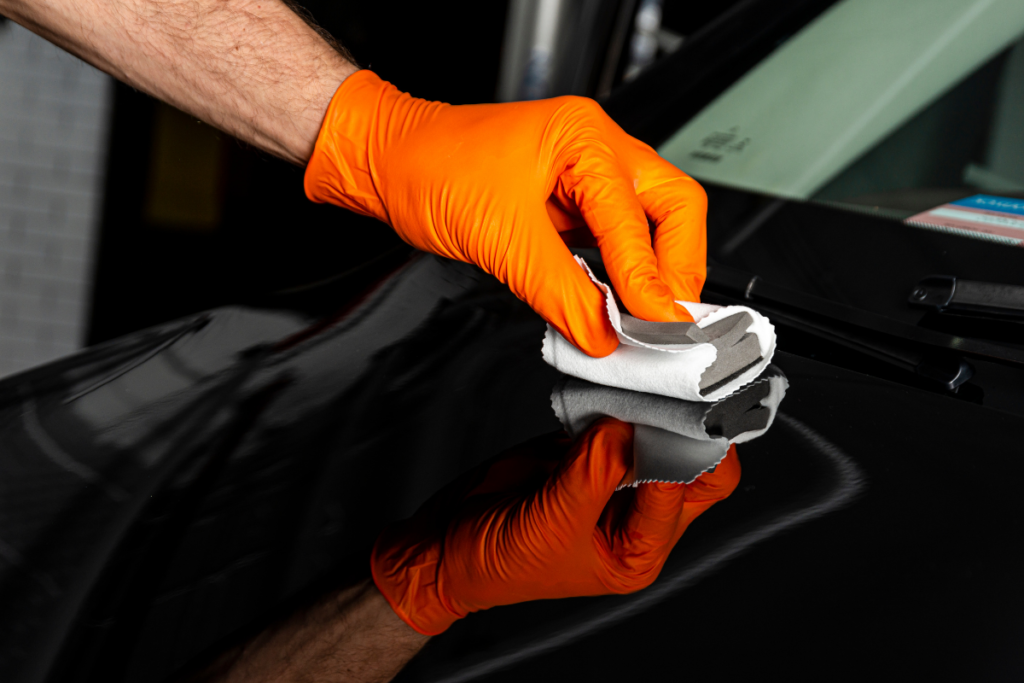
SEE ALSO: 10 Effective Tips for Buying A Car


